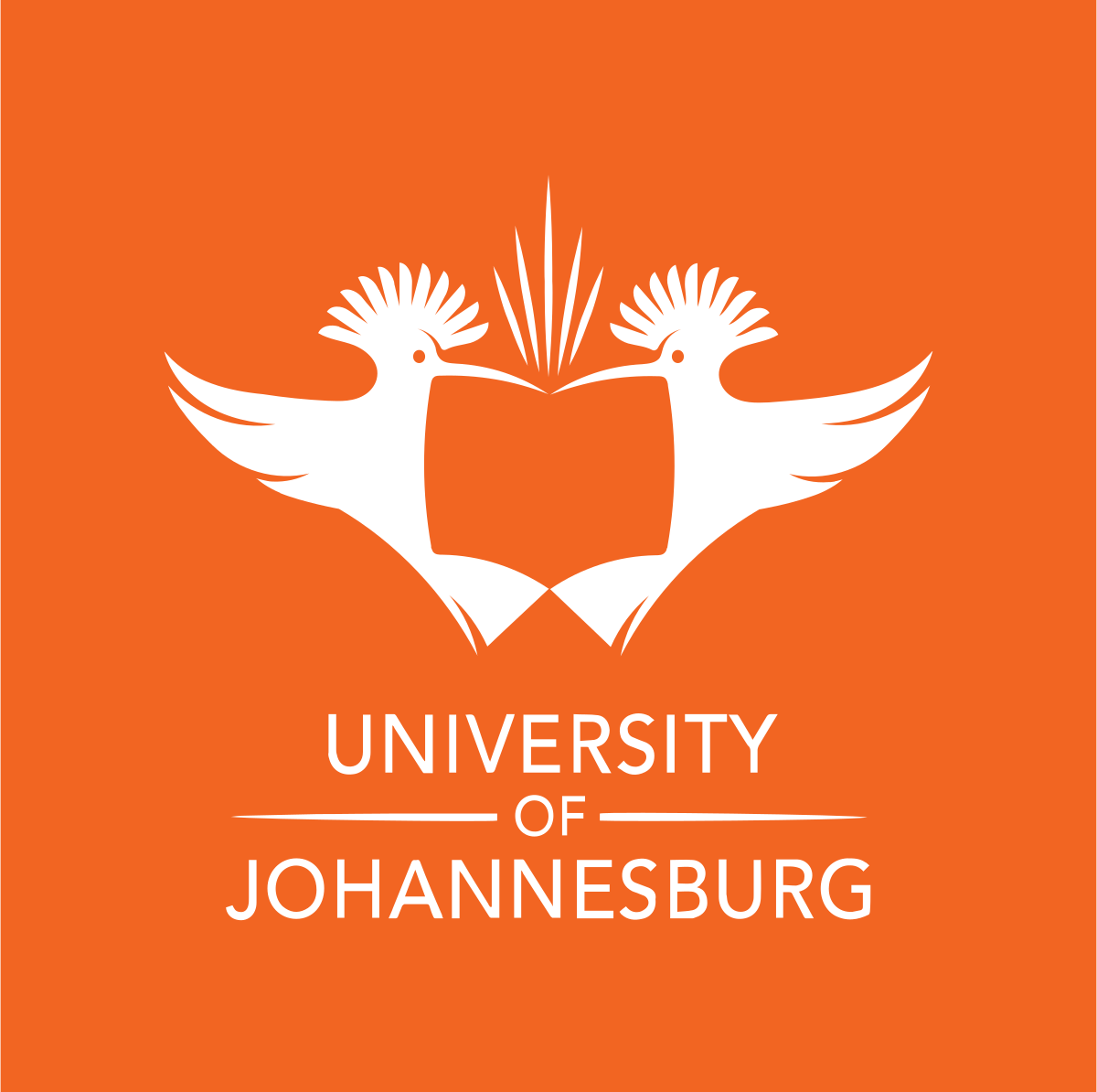University of Johannesburg: A seven-point plan for structural change, writes UJ’s Prof Daniel Meyer
Prof Daniel Meyer, a Full Professor from the College of Business and Economics at the University of Johannesburg (UJ), recently penned an opinion piece that first appeared in the Mail & Guardian, 01 March 2021.
A number of economic and political commentators have mentioned the concept of structural change in the contexts of the economic environment in recent times. But what does it mean?
Structural change refers to drastic shifts in the country’s economic system and environment, usually brought about via shocks in the form of natural disasters, pandemics, economic crises, technological and innovative disruptions, resource supply and demand problems, and political and international conflict situations.
Structural change occurs when one or more of these events realise and leads to dynamic change in the current system. A structural change could be compared to the change of direction of a ship due to a storm and winds forcing this change.
South Africa is in such a storm, and the way we change direction and the timing thereof is critical to avoid a worst-case scenario of revolution-enforced changes. The country is experiencing a number of these structural change “storms” simultaneously, and we could call it a “perfect structural change storm”.
The state of the nation address (Sona) on 11 February 2021 was a reminder of the crises regarding policy direction and structural change. The national development plan of 2012 was never officially accepted by all stakeholders and therefore never implemented. Subsequently, we do not have an official national economic development plan. This shows in our current near “rock-bottom” economic environment.
President Cyril Ramaphosa, with his management style of consultation and collective decision-making, stated four developmental priorities for the country: (1) defeat Covid-19, (2) economic recovery plan, (3) economic reforms including the creation of jobs and inclusive growth, and (4) good governance including corruption control and a strong state.
In my opinion, we need a comprehensive structural change plan, including at least the following aspects:
1. Covid-19 strategy: A rapid vaccination plan is required. If we don’t take control of the spread of the virus we are at risk to be isolated on a global scale. Most countries are far advanced in the vaccination process or have the spread of Covid-19 under control. In addition to this, the health sector needs revitalisation to deliver much better services to the total population in the future.
2. Economic development plan: A national development plan is urgently required for implementation with high detail levels. This plan must have a shared vision driven by an objective, robust and decisive leadership. The plan must have a strong economic sectoral focus with clear policy direction for economic base sectors such as agriculture, mining, manufacturing and tourism. In addition, the government seems to focus its effort on infrastructure capacity development planning, but progress has been slow. The institutional implementation structure has not been established yet. We need high levels of growth, and without a plan, that is not going to happen. Talks of inclusive growth are good and means that through economic growth, redistribution could be facilitated with improved participation and benefit-sharing.
3. Good governance: Improved policy certainty, ending corruption, and a turn-around regarding the fiscal debt situation is required. Government finances are rapidly heading towards a fiscal cliff, and predictions are a debt-to-GDP ratio of more than 100% by the end of 2022. The debt repayment component represents a staggering 20% of total tax revenue collected. The government wage bill has also been proliferating. Global average government wage bills are equal to 9.4% of GDP, but in South Africa the wage bill equals 15% of GDP, much higher than global averages. The debate of privatisation versus nationalisation needs urgent attention. Many SOEs seem not sustainable such as Eskom, SAA and Denel, to mention a few. As the sphere of government closest to the people, local government has been on a deterioration path, and in many instances, service delivery has all but collapsed with high levels of mismanagement. Management and service delivery need urgent attention. Lastly, law and order are at a low point, and crime levels are rising, making normal life difficult for citizens, business owners and farmers.
4. Jobs and skills: The creation of jobs is critical. Jobs are the cornerstone of the economic and social development of any country, and if not achieved, it could lead to evolutionary consequences. Government needs to step back and allow the private sector to create jobs by reducing labour regulations and institute mass public works projects with a focus on youth skills development. Government should create an enabling environment for citizens to prosper and support entrepreneurship and small business development. The pandemic has shown that low-skilled workers have been worst affected while highly skilled workers stayed in demand.
5. Risk ratings plan: Linked to good governance, South Africa needs to have a strategy to move back as an attractive investment country to attract investment and get out of “junk status” levels. To achieve this objective, improvements are required regarding rising government debt, higher economic growth, policy certainty, good governance, corruption control and Eskom needs to be restructured to improve efficiency and sustainability.
6. Social welfare grants: The number of grants has been increasing rapidly, and currently, more than 30% of the population receive grants. This system is not sustainable in the long run and does not lift people out of poverty, but keeps them happy in poverty. An alternative approach should be a development, where poor people are assisted over time to move out of poverty.
7.Basic and higher education: Structural change is needed regarding the introducing of entrepreneurship, 4IR, and technical subjects in the curriculum.

